A taste of what’s to come? Flavour-changing gum gives disease early warning
It’s part of a series of projects looking at fillings and other dental procedures to reduce our time in the chair.
by Zaria Gorvett – Crowns and bridges rely on implants to secure them in place. The problem is that bacterial infections can make the surrounding gums inflamed, leading to the gradual loss of the jaw bone supporting the implant.
Over a fifth of dental implant wearers suffer from so-called peri-implant disease, a review of research studies suggests.
At the moment, they have to visit their dentist every three months to check that this isn’t happening. Even so, existing methods mean that problems are often not spotted until too late.
Dr Falko Schlottig from Thommen Medical, a Swiss-based company, who coordinated the EU-funded STEP project, explained: ‘If you are going to the dentist’s office, he can make an X-ray to show your bone loss and use a tool like a needle … and the surgeon has an idea if there is a problem or not. But if they diagnose the problem with these two tools then usually it is too late to treat it successfully in the long-run.’
Recognising this need for early diagnosis, the STEP consortium set about developing an unconventional solution: flavour-changing chewing gum. ‘We decided to do something completely different. With our early diagnosis system the patient says: “Oh I have a problem, I will visit my surgeon or dentist.”.’
‘One of the main issues in dentistry is that the materials we have nowadays for fillings, they always have to be changed.’
The gum works like this. Saliva in inflamed gums contains a protein called MMP8, which can be used to identify if an implant site is diseased or not. To detect this protein, the scientists plan to fuse a flavouring compound to a molecule which reacts with MMP8, and embed it in the chewing gum.
When inflammation develops, MMP8 will react with the detection compound, and induce a bitter flavour.
Disease diagnosis
However, Dr Schlottig says the chewing gum’s potential does not stop with implant infections. ‘There are other diseases which can be detected by the markers expressed from our body and you can use this technology to diagnose them,’ he said.
Dr Schlottig says the aim is for patients to use the chewing gum at home once a week to alert them to any problems. ‘These are very early markers of a kind of infection so it’s much before the tissue becomes destroyed,’ he said.
While home-based diagnoses may reduce the time you’ll have to spend in the dentist’s chair, the prospect of repeat dental visits is also being reduced by scientists who are developing longer-lasting materials for fillings.
‘People are always afraid to go to the dentist, so you need to have something that is there for a long time,’ said Professor Heloisa Bordallo from the University of Copenhagen, Denmark. ‘One of the main issues in dentistry is that the materials we have nowadays for fillings, they always have to be changed,’ she said.
Far from the toxic lead used for centuries, modern fillings are safe, biocompatible, and strong. But they fall down on durability as most materials – whether plastic, resin or glass-based – need to be replaced every ten years.
Prof. Bordallo’s team investigated how to increase the durability of glass fillings, using state-of-the-art neutron-scattering equipment at Helmholtz Zentrum Berlin in Germany, accessed through the EU-funded NMI3 project.
Current glass-based fillings are usually applied in the dentist’s office, and are made by either mixing powdered glass with an acid, or a powdered glass-acid blend and water. However, because the material hardens very quickly – in a matter of seconds – the process is difficult to control.
Prof. Bordallo’s team used neutrons to probe the structure of the fillings produced by the two different methods in order to improve them. ‘We want in fact to slow down the formation of the structure,’ said Prof. Bordallo.
While the material is known to be porous, the researchers were surprised at the amount of free liquid in the fillings that could explain why they weaken over time.
‘It’s like when we build a house, it’s the same idea,’ she said. ‘When you build a house you mix the cement and the water, and you also make a porous structure …. you know older houses that they have cracks on the walls, it’s the same principle. The water is moving and by moving it weakens the structure.’
Prof. Bordallo says that this work has provided crucial insight into the problem and the next step will be to design a way of incorporating the liquid into the structure so that it moves slowly.
‘The physics side of the experiment is to try to understand how the liquid moves. If we can understand it and then we can control it,’ she said.
This article was originally published in Horizon, the EU Research and Innovation magazine



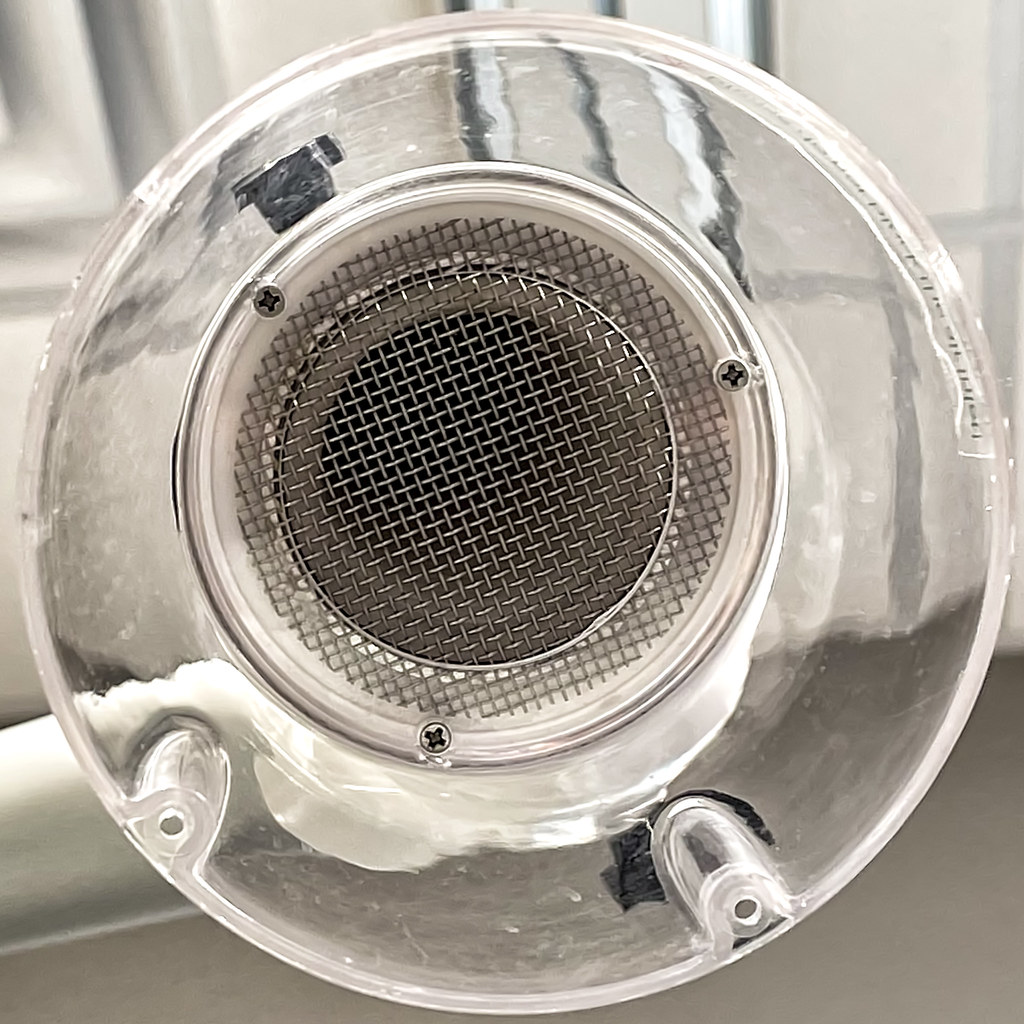
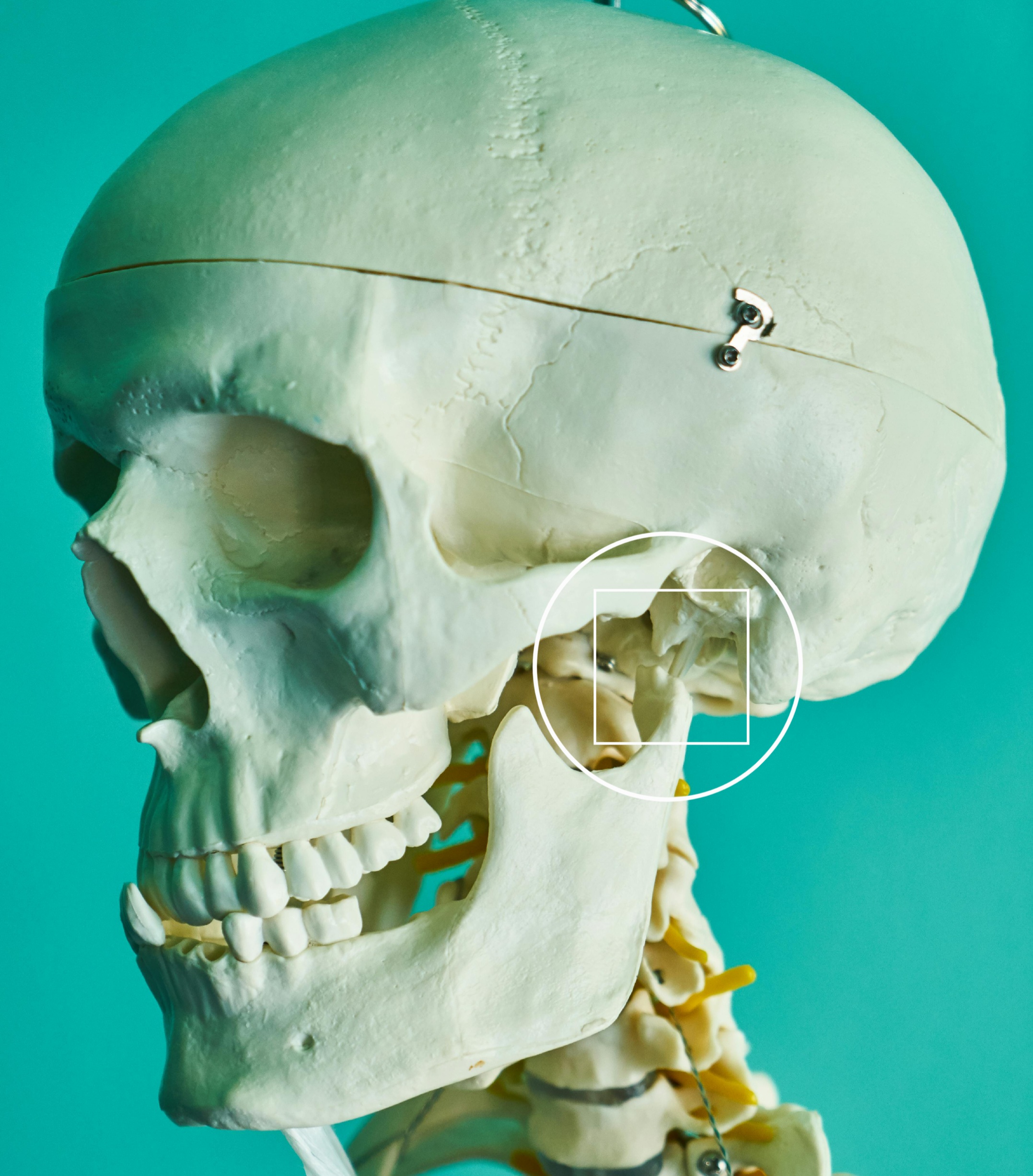

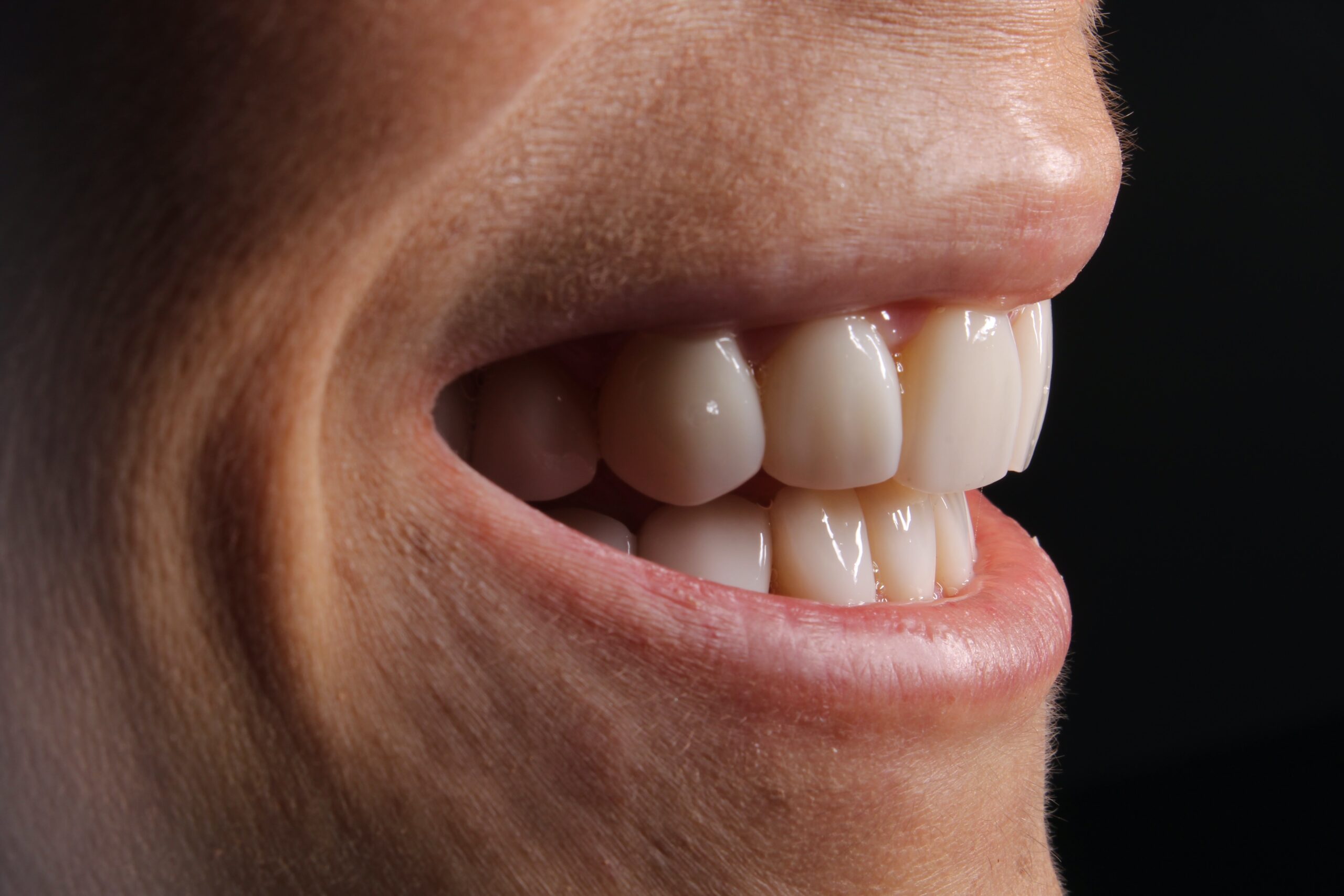
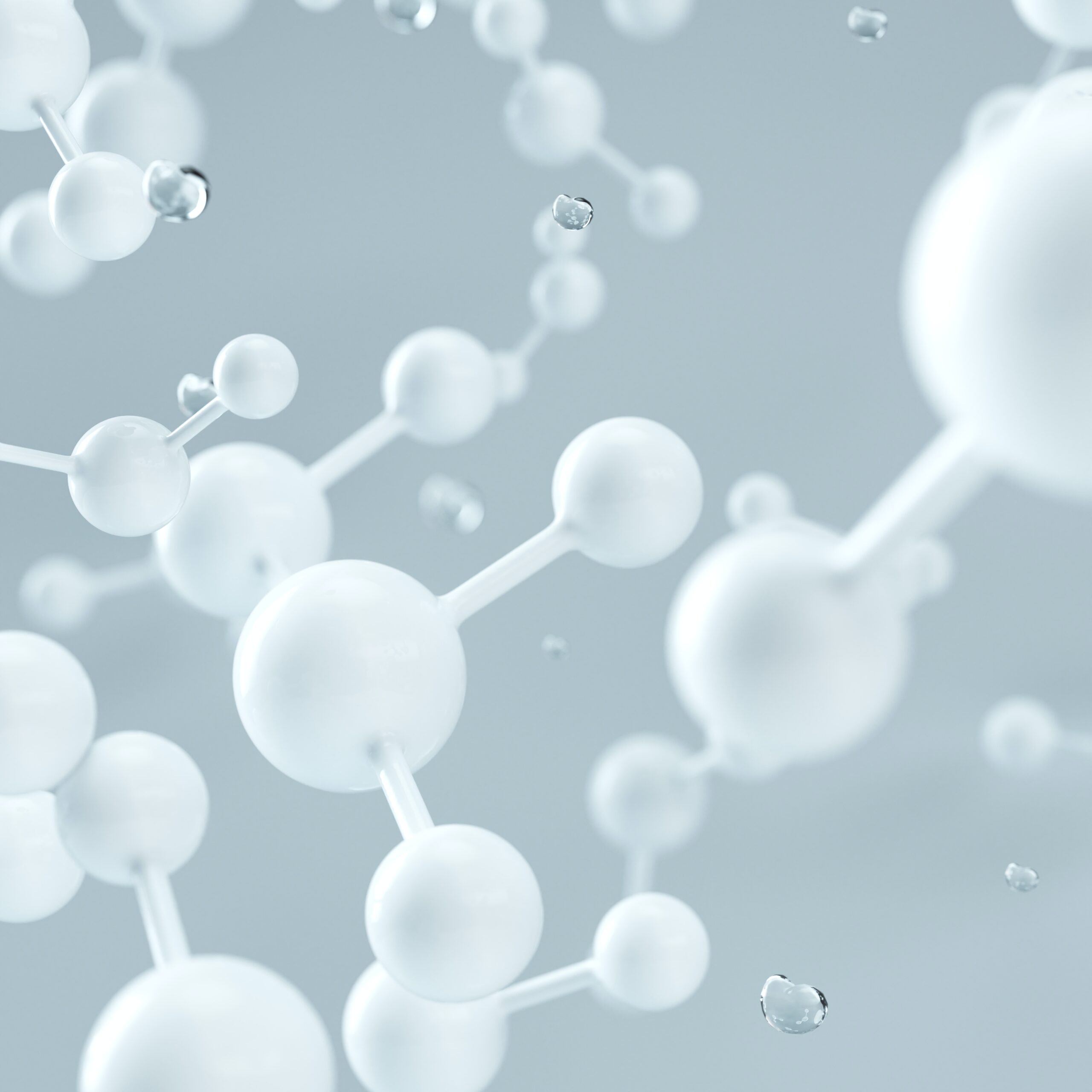


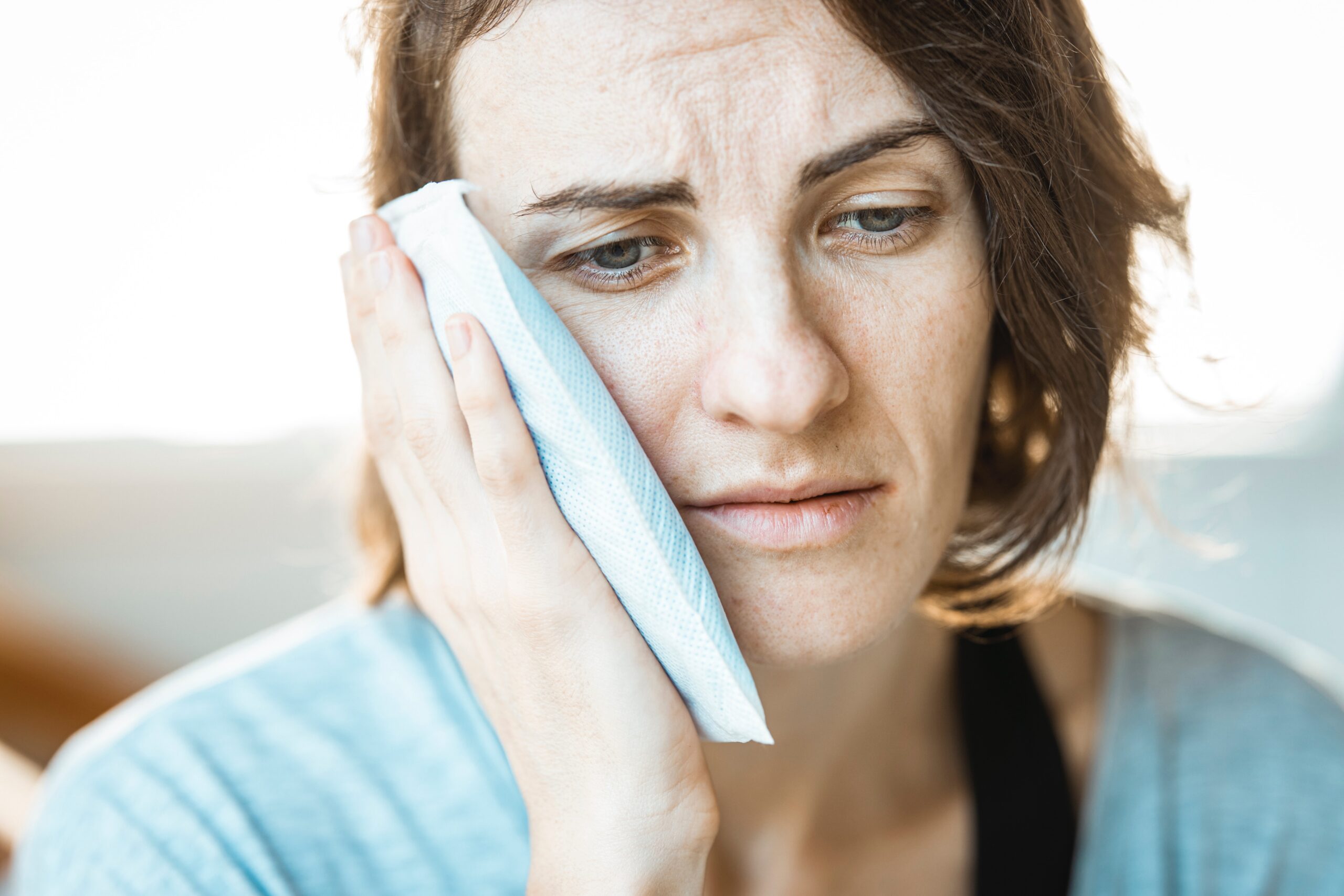



Leave a Reply